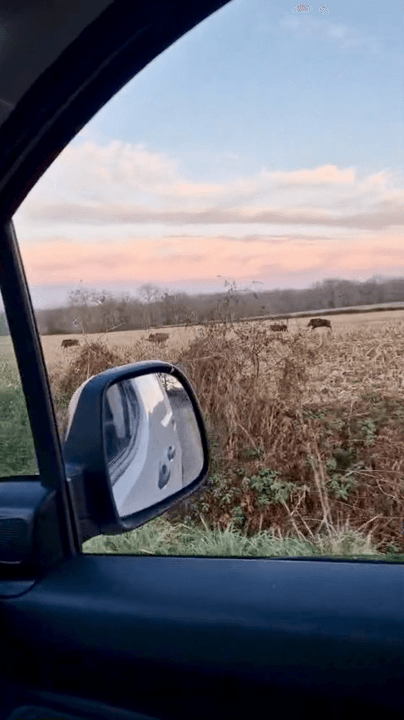
Hunting in the Zambezi Valley, Zimbabwe: Discover the Hunting Seasons and Rich Traditions of the Area The Zambezi Valley in Zimbabwe is one of Africa’s most iconic hunting destinations, offering a unique blend of breathtaking landscapes, diverse wildlife, and a rich hunting heritage. For hunters seeking an unforgettable adventure, this region provides an unparalleled experience. Below, we delve into the geographical features, hunting characteristics, traditions, and regulations that make the Zambezi Valley a must-visit destination for hunters. Geographical and Natural Features of the Zambezi Valley The Zambezi Valley stretches along the Zambezi River, forming a natural border between Zimbabwe and Zambia. This vast region is characterized by its rugged terrain, dense woodlands, and sprawling floodplains. The valley is part of the Greater Zambezi ecosystem, which includes world-famous landmarks like Mana Pools National Park and Lake Kariba. The area is rich in biodiversity, with a mix
Post: 24 July 20:39
















































